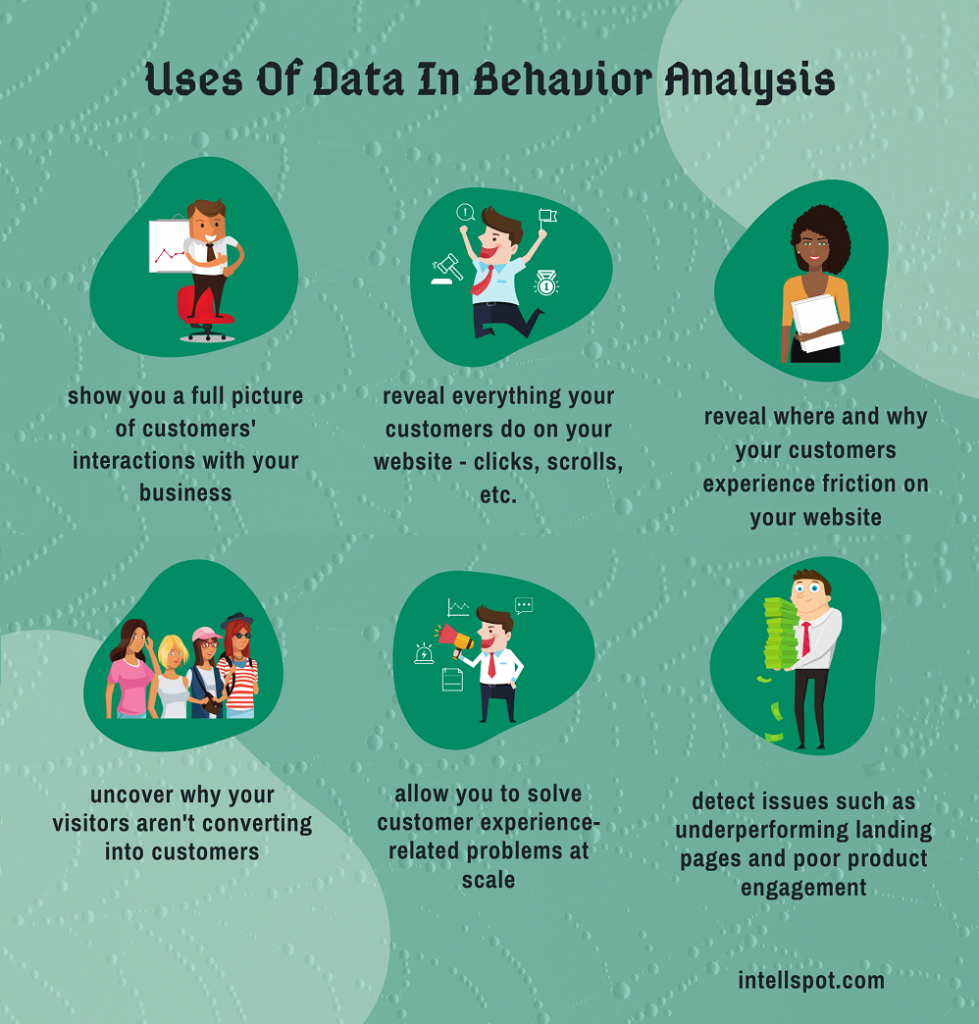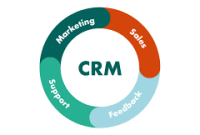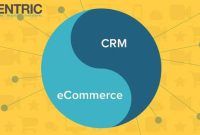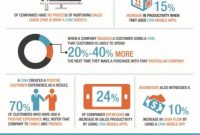Mastering CRM Analytics: A Comprehensive Guide to Deciphering Customer Data
Deciphering Customer Data. In the current competitive business landscape, it is crucial for enterprises to harness the power of data to drive informed decision-making processes.
Customer Relationship Management (CRM) analytics is an influential instrument, enabling businesses to extract significant insights into customer behaviour, preferences, and requirements. This discourse delves into the realm of CRM analytics, elucidating its nature, functionality, and indispensability for businesses across the spectrum.
CRM analytics entails the aggregation, examination, and interpretation of customer data to derive insights into customer behaviour, inclinations, and necessities. Through data analysis, enterprises can secure valuable insights that can be employed to enhance their offerings, craft bespoke marketing strategies, and augment customer satisfaction and retention.
What is CRM Analytics?
CRM analytics, a specialised facet of business analytics, concentrates on customer data. It encompasses the gathering of customer data from varied avenues like sales, marketing, and customer service, subsequently using analytic tools for data analysis and interpretation. The primary objective of CRM analytics is to extract insights regarding customer behaviour, preferences, and needs that can aid in refining business operations, creating targeted marketing strategies, and boosting customer satisfaction and retention.
The Significance of CRM Analytics in Deciphering Customer Data
CRM analytics holds paramount importance for businesses of all scales, as it facilitates a superior understanding of their clientele. By scrutinizing customer data, businesses can detect trends, preferences, and needs that can guide the development of customized marketing strategies and the enhancement of customer service.
Furthermore, CRM analytics can assist businesses in amplifying customer loyalty and retention by offering insights to better the customer experience. For instance, upon discerning that a substantial customer base is discontented with a specific product or service, corrective measures can be taken to resolve the concern and enrich the customer experience.
Categories of CRM Analytics
CRM analytics are principally classified into three types: descriptive analytics, predictive analytics, and prescriptive analytics.
Descriptive Analytics
Descriptive analytics, the most basic form of CRM analytics, analyses past data to recognize trends and patterns. It offers insights into past occurrences, such as sales trends or customer demographics.
2. Predictive Analytics
Predictive analytics employs statistical models and machine learning algorithms to examine customer data and forecast future actions. For instance, it can be leveraged to identify customers prone to attrition or predict the customers most likely to be receptive to a marketing initiative.
3. Prescriptive Analytics
Prescriptive analytics employs data and analytics to pinpoint the optimal course of action in a given situation. It offers insights into future steps a business should undertake based on the data. For example, prescriptive analytics can be used to identify the most suitable product recommendations for a specific customer or ascertain the ideal pricing strategy for a particular product.
In summary, CRM analytics is a robust tool that empowers businesses to unearth crucial insights into customer behaviour, preferences, and needs. By analyzing customer data, businesses can enhance the customer experience, increase revenue, and facilitate more informed decision-making. However, the deployment of CRM analytics can be daunting, particularly for smaller enterprises with restricted resources. To guarantee a successful implementation, businesses should commence with a lucid plan and well-articulated objectives, emphasize data quality and precision, and perpetually monitor and analyse their data.




